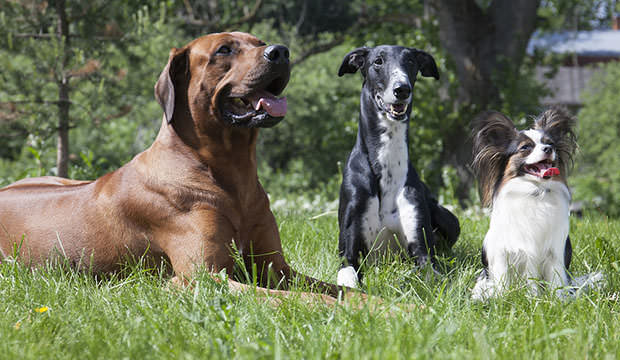
Walking on his leash by your side, cheerfully playing in your backyard or snuggled in his bed, your pooch certainly doesn’t look like a member of a pack. However, we have to remember that, no matter how cute they are, they do have wild ancestors and they still have some of their old habits. It is simply the way they are wired.
Social structure of the pack can be manifested in a less aggressive manner. Much like a police or military squad, a dog pack also has a social structure, and every member of the pack plays his specific role.
The typical ‘pack’ today consists of the dog’s owners and other family pets. In order to establish a stable gang, everyone needs to get along well. It is important that the dog doesn’t see himself as the leader of the pack.
When it comes to the ‘Alpha’ role in a home situation, the dog’s owner should play the alpha dog role. Many dogs will accept this structure of authority, but some may display dominant tendencies.

Hierarchy is always present. Even for a short period of time when your dog meets another dog in the park. They sniff each other’s rear ends, and one dog finally takes the dominant role. The dominant dog will stand tall and may puff out his chest. The submissive dog will lower his head, chest and tail. Naturally submissive dogs might crawl along on their bellies or roll over on their backs to signal submission.
Pet owners who tend to spoil their dogs when they are just little puppies by allowing them to eat on demand and sleep on the bed, are only encouraging them to think they are higher on the chain of command. This might be very dangerous because it can lead to the dog thinking it can dominate family members, especially small children.
Dog behavior expert Cesar Millan of “Dog Whisperer” suggests you make your pooch earn his food, treats and snuggling time, thus establishing family members as higher in the ‘pack’. Don’t let him forget who’s really in charge.
